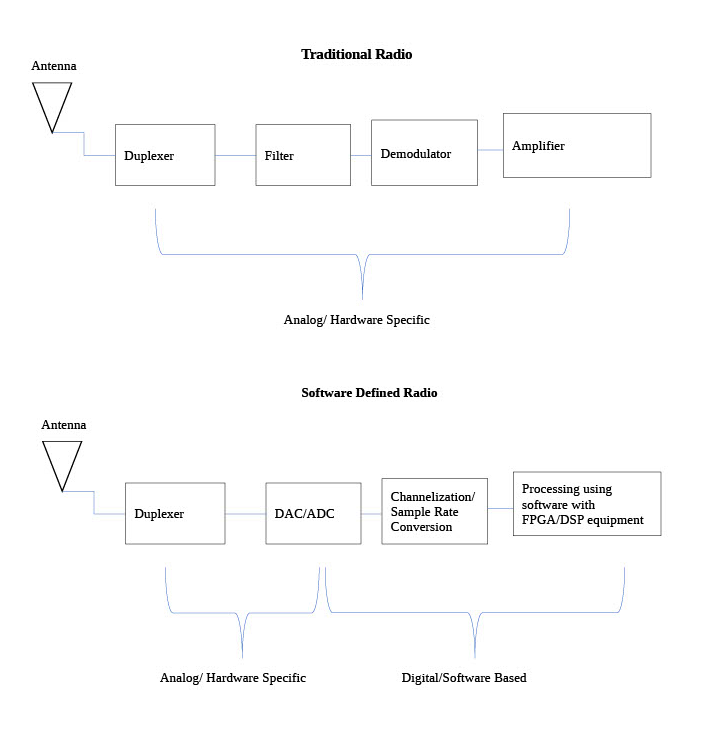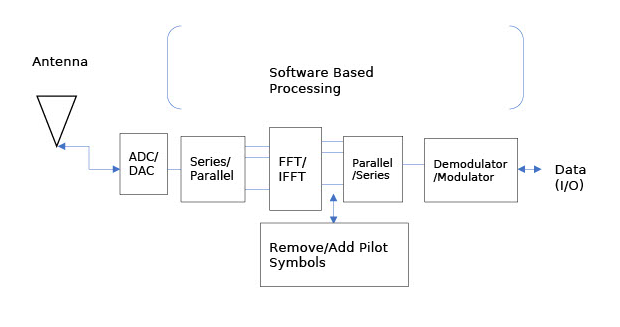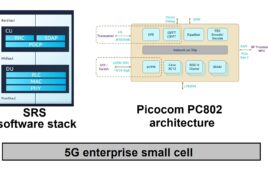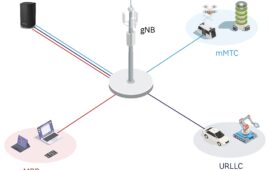Software-defined radio addresses problems and limitations found in hardware-based radios, such as hardware obsolescence and rigidity.
Radio technology facilitates communication using radio waves (30 Hz to 300 GHz). A traditional radio system consists of a transmitter, which generates modulated radio waves that carry the necessary information, and a receiver, that picks up these signals and decodes the information. Software Defined Radio (SDR) is a modification on a radio communication system, where software performs many hardware functions such as filtering, mixing, and modulating.
SDR technology employs a combination of software components and essential hardware (transceiver and antenna) to achieve the functionality of a radio. Such a system has multiple advantages. For example, the same software can adjust to accommodate different transmission standards, larger bandwidths, and varied protocols, usually without any variation in hardware components. SDR systems have a longer lifespan in general, as software changes can accommodate changes in waveforms without hardware changes. SDRs find applications in commercial and military radios such as 5G, MRI and radar.
SDRs vs. traditional radios
A traditional, or hardware-defined radio, is a purely analog device with fixed components. A radio transmitter generates radio waves of a predefined frequency and waveform, then modulates them to carry information. A radio receiver carries out four functions: filtering, amplifying, mixing, and demodulating. Filtering occurs through electronic filters that select a specific bandwidth. In a superheterodyne receiver, mixing also occurs, which takes the RF signal and mixes it down to a lower, IF, signal.
Hardware-based radios use fixed components, meaning the radio’s selected bandwidth cannot change without modifying the hardware. Similarly, the amplifier strengthens the signal input, and the demodulator recovers information/data from the modulated carrier wave. All these components are made of electronic circuits designed for a specific bandwidth. Thus, a hardware radio essentially works at fixed bandwidths, and its characteristics cannot be easily altered without interfering with the hardware components. An SDR is a radio with some or all of its functions implemented in software rather than hardware. Though initially limited to a few software interventions, with time, the idea of carrying out more functions using software instead of dedicated hardware gained momentum.
In a typical SDR, the signal, once received, is converted to a digital format using an analog-to-digital converter (ADC). The digital signal is then processed using an FPGA and various software on a host system. This configuration avoids a lot of hardware needed for filtering, modulating/demodulating, amplifying, etc. The diagrams in Figure 1 show that an SDR has much fewer hardware components than a traditional radio. Given that the processing is done using an FPGA and also software based, it is possible to use the same hardware for a wide range of frequencies and waveforms, eliminating the fixed limitations of a hardware driven traditional radio.
SDR technology has also benefited greatly from developments in semiconductor and integrated circuits. Semiconductor devices have become much more compact with time, thus pushing SDR technology forward. SDRs form the basis of commonly used radios found in 4G, 5G, and Wi-Fi 6, which rely on orthogonal frequency-division multiplexing (OFDM). Given the multiple carrier frequency encoding, OFDMs are sensitive to synchronization errors. With technology advancements, however, SDRs offer the flexibility needed for OFDM systems, as Figure 2 shows. SDR based OFDM systems for audio and video transmission are now available. Indeed, SDRs can integrate multiple channel estimation methods and work at varied frequencies, thus improving the OFDM performance without hardware alterations.
How SDRs offer Flexibility
Think of an SDR system as a radio front end and digital resources. All SDR systems receive an analog input, which is then converted to a digital format for processing. Figure 3 shows how the digital components behind the radio front end, like an ADC/DAC, can process and transform received signals. SDR front ends are available both in the market and as open-source designs. While the simple and cost-effective front-end designs offer limited flexibility, SDR front ends operate at frequencies ranging from near DC to over 60 GHz. The digital resources needed for each SDR front end also vary accordingly.
For example, a narrow SDR such as Ubertooth One (which operates at 2.4 GHz and costs under $150) requires little more than an LCP17 series microprocessor and 128 kB RAM, while more advanced SDRs might use an advanced Intel Stratix 10 SoC and facilitate a 4×40 Gb/sec digital channel for high data throughput. FGPAs can perform various logical operations, thereby letting the same hardware carry out a variety of operations. Such FGPA-based processors employ either hard IP cores (where the hardware cannot be significantly altered) or a soft core that allows for more flexibility. High end SDRs often employ processors that combine both types of cores to offer maximum flexibility and efficiency. Furthermore, FPGA based SDRs provide interoperability among different radio systems, can be used for test and simulation of different radio protocols (such as developing 5G networks). FPGA-based SDRs can be repurposed for various RF technologies.

Figure 3. An SDR’s front end includes digital components that let it carry out a variety of operations.
SDRs today
SDRs have become common for many military and government applications, and most tactical radio sets today are SDRs. Sampling rates in gigasample/sec range are common, with commercial processors available at 3 GS/sec. High performance FGPA-based processors such as those in the Intel Stratix series further enable SDR advancement. In addition, it is possible today to have multiple data transfer channels and digital backhauls of over 160 Gb/sec, as well as advanced security measures. Given that SDRs can be easily modified and integrated for a variety of applications, the possibilities are endless. Furthermore, advancements in semiconductor technologies of all types (FPGAs, ADCs/DACs, filters, amplifiers, etc.) let SDRs become faster, more power-efficient, and more compact. SDR technology has also been used to produce low cost, high resolution custom MRI spectrometers, low latency wireless applications, spectrum monitoring equipment, and many more systems. This trend will likely persist, making SDRs ubiquitous.
 Victor Wollesen is the CEO and co-founder of Toronto-based SDR company Per Vices. Victor has an honour’s degree in Physics with a specialization in Astrophysics from the University of Waterloo in Ontario, Canada. He has co-authored several peer-reviewed papers on SDR technology, one of which was presented at IEEE’s Radar Conference in 2020. Victor is a member of the Canadian Armed Forces, and in his free time enjoys putting his recreational pilot’s license to use.
Victor Wollesen is the CEO and co-founder of Toronto-based SDR company Per Vices. Victor has an honour’s degree in Physics with a specialization in Astrophysics from the University of Waterloo in Ontario, Canada. He has co-authored several peer-reviewed papers on SDR technology, one of which was presented at IEEE’s Radar Conference in 2020. Victor is a member of the Canadian Armed Forces, and in his free time enjoys putting his recreational pilot’s license to use.






Tell Us What You Think!